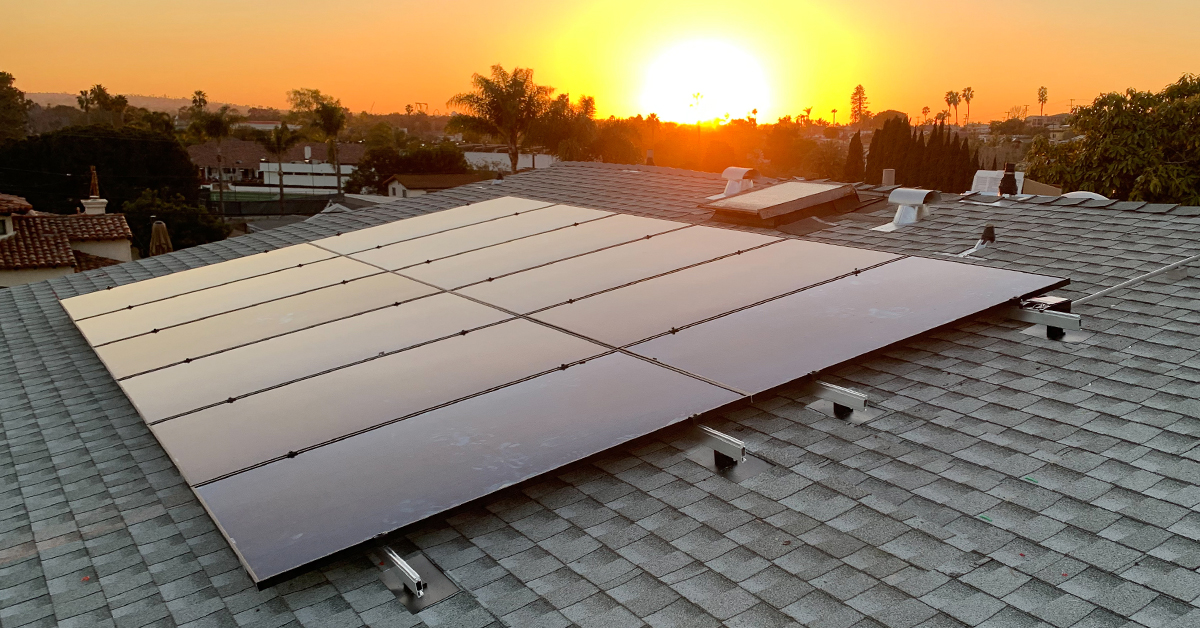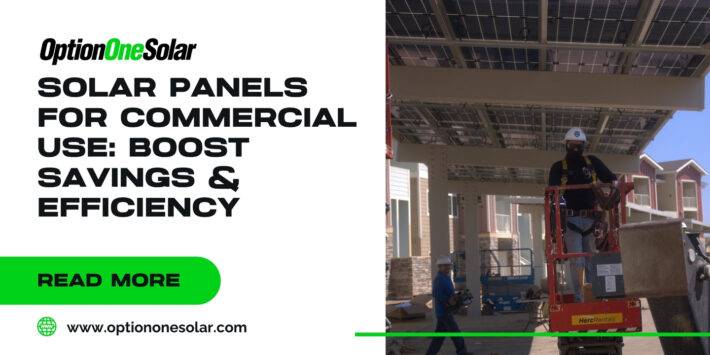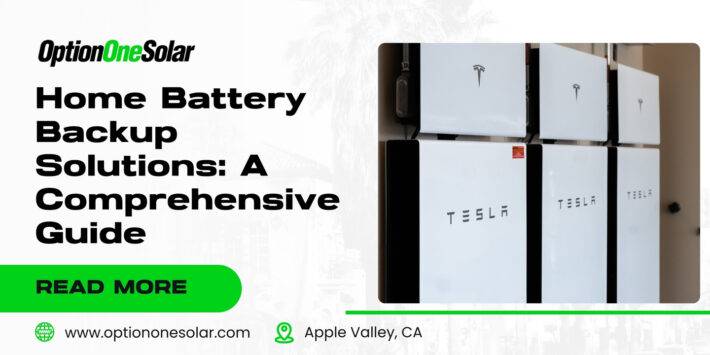Solar energy works by converting sunlight into electricity. This is done through the use of solar panels, which are made up of photovoltaic (PV) cells.
When sunlight hits the PV cells, it excites the electrons in the cells, causing them to move and generate an electric current. This current is then collected and sent to an inverter, which converts the DC current into AC current that can be used to power homes and businesses.
Key Takeaways
- Solar energy is a renewable and sustainable energy source harnessed from the sun's rays.
- Solar energy works by converting sunlight into electricity through photovoltaic cells.
- Solar energy is becoming increasingly popular as a clean and environmentally friendly energy source.
Solar Energy Basics
Solar energy is a renewable resource harvested from the sun's rays through solar panels. These panels contain photovoltaic cells that convert sunlight into electricity. When sunlight hits the panels, it triggers a flow of electrons, creating an electric current.
The energy generated can be used for either electricity or heating. Solar photovoltaic panels focus on electricity generation, while solar thermal panels absorb heat to warm fluids like water or air.
Among its benefits, solar energy is clean, reduces utility bills, and can provide electricity in remote areas. It's a versatile solution for various energy requirements.

Solar Energy Conversion
Converting solar energy into electricity is mainly done through solar panels that contain photovoltaic (PV) cells. These cells are small devices usually made of silicon, a semiconductor material. When sunlight hits the cells, its energy particles, called photons, excite the electrons in the silicon. This agitation of electrons creates a small electrical current.
Because a single PV cell generates only about 1 or 2 watts of power, multiple cells are linked together to form a more potent solar panel. These panels are further connected to make up a complete PV system, amplifying the electrical output.
This system can power homes and businesses directly or store the electricity in batteries for later use. Solar energy conversion offers a dependable way to create electricity while minimizing environmental impact.
Types of Solar Energy Technologies
Solar energy technologies come in a variety of forms, each with its own unique advantages and disadvantages. Understanding the different types of solar energy technologies can help individuals and companies make informed decisions about which type of technology is best suited for their needs.
Photovoltaic Systems
Photovoltaic (PV) systems are the most common type of solar energy technology. PV systems use solar modules to convert sunlight into electricity. These modules are made up of solar cells, which are typically made of silicon. When sunlight hits these cells, it causes electrons to move, generating an electric current. PV systems are often used to power homes and businesses, and they can also be used to power remote locations.
Concentrated Solar Power
Concentrated Solar Power (CSP) systems use mirrors or lenses to concentrate sunlight onto a small area, creating heat that can be used to generate electricity. CSP systems are often used in large-scale power plants and can be more efficient than PV systems in certain situations.
Solar Thermal Energy
Solar Thermal Energy systems use the heat from the sun to generate electricity or to heat water for use in homes and businesses. These systems typically use mirrors or lenses to concentrate sunlight onto a small area, creating heat that can be used to generate electricity or to heat water.
Passive Solar
Passive solar energy systems use the design of buildings to capture and use sunlight for heating and lighting. This can include things like using south-facing windows to capture sunlight and using thermal mass to store heat.
Storage
One of the challenges of solar energy is that it is not always available when it is needed. Storage technologies, such as batteries, can help to address this challenge by storing excess energy generated during the day for use at night or during periods of low sunlight.
Related Posts: Benefits Of Bifacial Solar Panels
Solar Energy Production and Usage
Solar energy is produced through photovoltaic (PV) panels or mirrors that concentrate solar radiation. When the sun shines on the PV panels, they convert the sunlight into direct current (DC) electricity. This DC electricity is then converted into alternating current (AC) electricity by a solar inverter, which can be used to power appliances and homes.
The production of solar energy can take place on a small scale, such as on rooftops, or on a large scale, such as utility-scale solar plants. Community solar projects also allow individuals to subscribe to a shared solar array, which can benefit those unable to install solar panels on their own property.
On a cloudy day or during the night, when sunlight is not available, solar panels are unable to produce electricity. However, excess solar energy can be stored in batteries or thermal storage for later use.
Once solar energy is generated, it can be fed into the electrical grid through wires. This energy can then be distributed to homes and businesses. Active solar technologies, such as PV panels, can be used to generate electricity for individual homes or businesses.
Solar energy is a clean and renewable source of energy that does not produce air pollutants or greenhouse gases. It is an increasingly popular option for those who are looking to reduce their carbon footprint and lower their energy bills.
Solar Energy Materials and Components

Solar panels are essential for turning sunlight into electricity. They're mostly made of silicon, a material known for its semiconductor properties. Each panel contains solar cells, which are the actual units that convert sunlight into energy. These cells have two silicon layers: one rich in electrons and another lacking in them. When sunlight strikes the cell, it frees electrons, resulting in an electric current, a phenomenon known as the photovoltaic effect.
The solar cells are protected by a glass cover, which often has an anti-reflective coating to capture more sunlight. The panel frame is typically aluminum, chosen for its lightweight and durable qualities. Besides panels, a solar energy setup also needs other equipment like inverters, which turn the direct current (DC) into alternating current (AC) for home use, batteries for energy storage, and receivers for concentrated solar power systems.
While the creation of solar panels does consume resources like petroleum and natural gas, the energy payback is usually quick. Within a few years, the panel will have generated more energy than was used to make it, making it a positive choice for the environment.
Related Posts: Types Of Solar Panels
The Solar Energy Landscape
Solar energy is on the rise, thanks in part to falling costs that make it more accessible for both businesses and individuals. This affordability has fueled its adoption for those aiming to cut carbon emissions and energy bills. The field of solar architecture is expanding too, with innovations like building-integrated photovoltaics (BIPV) that incorporate solar panels directly into construction materials.
Large solar farms have also become more prevalent, catching the eye of utilities and investors. Various government incentives add financial appeal to these projects.
However, the sector faces challenges such as energy intermittency since solar panels work only when the sun is out. While battery technology has improved, it remains costly.
Another hurdle is outdated electrical infrastructure that struggles to accommodate increasing solar input, necessitating grid upgrades.
Despite these issues, the burgeoning growth and evolving technology make solar energy an increasingly attractive choice for eco-conscious consumers and businesses.
Environmental Impact of Solar Energy
Solar energy stands out as a clean, renewable resource, offering an eco-friendly alternative to traditional power sources. The manufacturing process involves the use of various materials, but advancements in technology aim to optimize resource efficiency. Solar panels generate direct current (DC) electricity, which can be converted to alternating current (AC) for everyday use, a process that has been fine-tuned to minimize energy loss.
Compared to fossil-fuel-based options, solar energy has a significantly smaller carbon footprint. Data from the U.S. Energy Information Administration highlights that solar energy generates far fewer greenhouse gas emissions than coal or natural gas power plants. By opting for solar energy, users can substantially reduce their carbon footprint, contributing to a cleaner and healthier planet.
Moreover, the growing adoption of solar energy can decrease our reliance on more polluting energy sources. This transition supports environmental wellness and represents a step forward in sustainable living and responsible energy consumption.
Challenges and Costs in Solar Energy
Cost
One of the biggest challenges of solar energy is the cost. While the cost of solar panels has decreased significantly over the past decade, it is still an expensive investment for many homeowners and businesses. According to the Department of Energy, the cost of solar panels has decreased by more than 70% since 2010. However, installation, maintenance, and storage costs can still be a significant barrier for many people.
Soft Costs
Another challenge facing the solar industry is the so-called “soft costs.” These costs include things like permitting, labor, and marketing. According to the National Renewable Energy Laboratory, soft costs can account for up to 64% of the total cost of a residential solar installation. These costs can be difficult to reduce, as they are often associated with local and state regulations and policies.
Where to Find The Best Solar Contractor
When installing a solar energy system, choosing the right contractor is crucial. One of the best local options is Option One Solar. Known for their streamlined service and dedicated installation team, Option One Solar has garnered a reputation for making the transition to solar energy effortless for locals. Their expertise ensures you'll get the most out of your investment.
Frequently Asked Questions
What are the different types of solar energy?
Two main solar energy technologies exist: photovoltaics (PV) and concentrating solar-thermal power (CSP). PV is the most common type of solar energy technology utilized in solar panels.
When the sun shines onto a solar panel, energy from the sunlight is absorbed by the PV cells in the panel. Conversely, CSP uses mirrors or lenses to focus a large area of sunlight onto a small area, generating heat that can be used to create electricity.
How do solar panels work on a house?
Solar panels work by converting sunlight into electricity through the photovoltaic effect. When sunlight hits the solar panels on a house, the energy from the sunlight is absorbed by the PV cells in the panel. This energy is then converted into direct current (DC) electricity sent to an inverter. The inverter converts the DC electricity into alternating current (AC) electricity, which can be used to power the home.
What is solar energy used for?
Solar energy can be used for various purposes, including generating electricity for homes and businesses, heating water, and powering vehicles. Solar energy is also used in space to power satellites and other spacecraft.
How is solar energy produced?
Solar energy is produced by capturing the energy from the sun and converting it into usable energy. This is done through solar panels, which convert sunlight into electricity through the photovoltaic effect. Solar energy can also be produced by concentrating solar-thermal power (CSP), which uses mirrors or lenses to focus sunlight onto a small area, generating heat that can be used to create electricity.
What are the disadvantages of solar energy?
One of the main disadvantages of solar energy is its intermittency. Solar panels only generate electricity when the sun is shining, which means that energy storage systems are needed to ensure that power is available when the sun is not shining. Additionally, the cost of solar panels and installation can be high, although the cost has decreased over time. Finally, solar panels can take up significant space, which can concern some homeowners.





